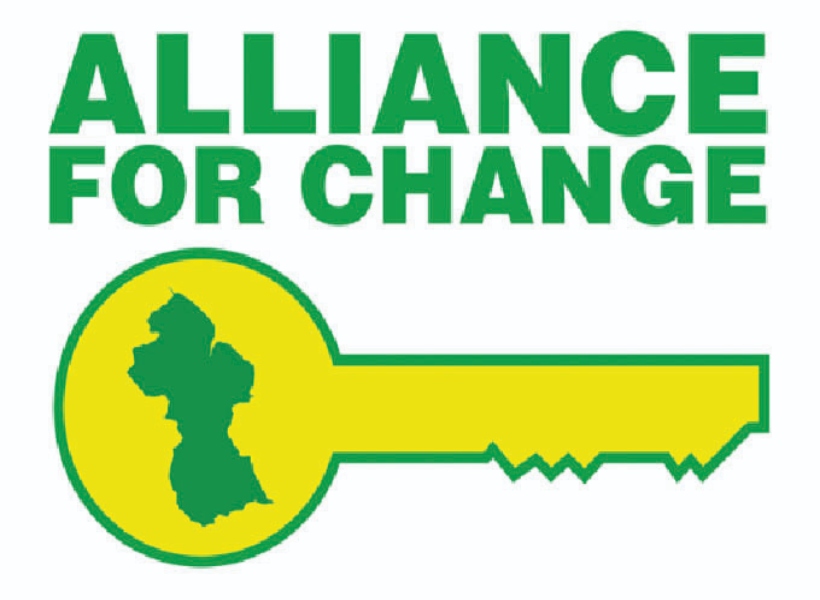Guyana and Suriname have to date discovered more than 17 billion barrels of oil equivalent and gas reserves that exceed 30 trillion cubic feet. In fact, by mid 2030, Guyana is expected to produce over 1.4mn barrels per day (bpd), the third-highest in the region, while Suriname will produce 650,000 bpd, the fifth most in Latin America.
Despite the promising future for the two South American countries, International Consultant and Co-Director of Energy at Americas Market Intelligence (AMI), Arthur Deakin recently posited that the energy development of these two nations are at risk of being hindered by the lack of access to affordable capital.
In a recent analysis, Deakin posited that Suriname defaulted on its debt payments in 2021 and has historically suffered from double-digit inflation, thereby leaving it in a precarious position. Locally, he said Surinamese banks are severely undercapitalized and often breach regulatory requirements obliging them to have a minimum amount of capital. Outside of its borders, Deakin noted that bilateral foreign investors do not trust the Surinamese government or the institutions that are responsible for safeguarding their assets.
Although the situation is slightly better in Guyana, he said it still remains an underdeveloped capital market with limited financing options for local companies. Deakin said most of the country’s local businesses resort to money-lenders, who charge exorbitantly high interest rates, or families and friends for capital. The consultant also pointed out that Guyana’s stock exchange is also minuscule, with a US$2.8 billion market cap and 19 listed securities. As a means of comparison, the New York Stock Exchange (NYSE) has a market cap of U$27 trillion with nearly 3,000 listings.
He said, “Limited funding opportunities are concerning as the lack of capital is the number one reason startups fail. Nowhere is this more apparent than in “risky” jurisdictions, such as Suriname or Guyana. In fact, the International Energy Agency (IEA) states that nominal financing costs are up to seven times higher in emerging and developing markets vis-a-vis Europe and the US.”
Deakin added, “Simply put, if an investor wants to develop a solar farm in Guyana, they will have to pay seven times more for the same amount of capital they would receive in Florida. With the acceleration of net zero policies, this situation is exacerbated for fossil fuel assets.”
Deakin is therefore of the view that lawmakers need to establish the necessary mechanisms to reduce overall cost of capital, as well as increase its availability, to help frontier markets develop their energy sectors at a sustainable pace.
One of his key recommendations in this regard is for the improvement of macroeconomic policies to avoid overheating.
He was keen to note that Guyana hasn’t suffered with inflation in recent years, it has historically been high and volatile. However, given the current inflationary times, and Guyana’s rapid economic growth, Deakin said it is fundamental for authorities to implement macroeconomic reforms that will prevent an overheating of its economy.
He said this includes, but is not limited to: complying with the spending limits of the national resource fund, implementing control mechanisms to measure the efficiency of the monies, and directing resources towards infrastructure and social gaps – rather than direct payments to citizens.
He also recommended the depoliticization of regulatory systems and the creation of an investor-friendly framework to attract blended capital from Development finance institutions (DFIs) and institutional investors.









